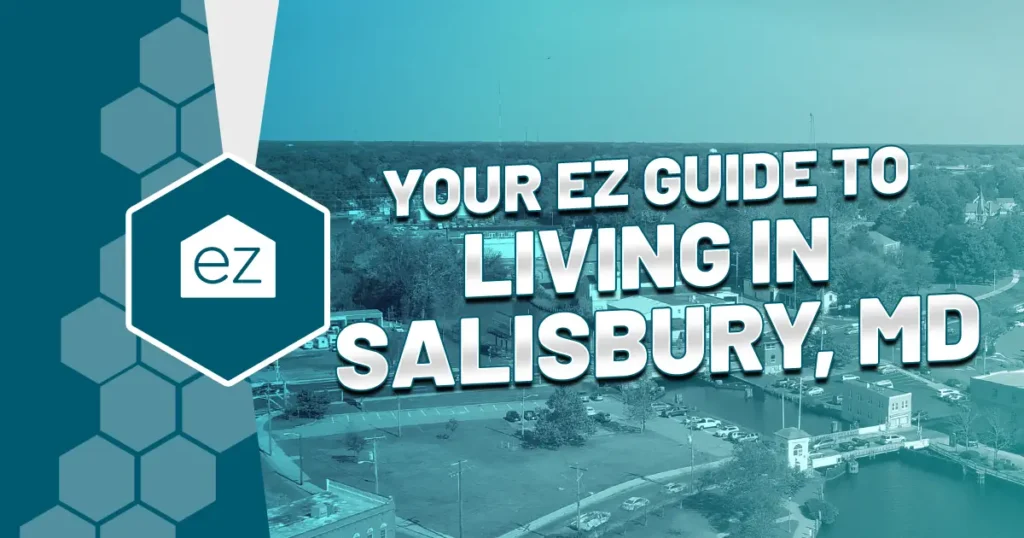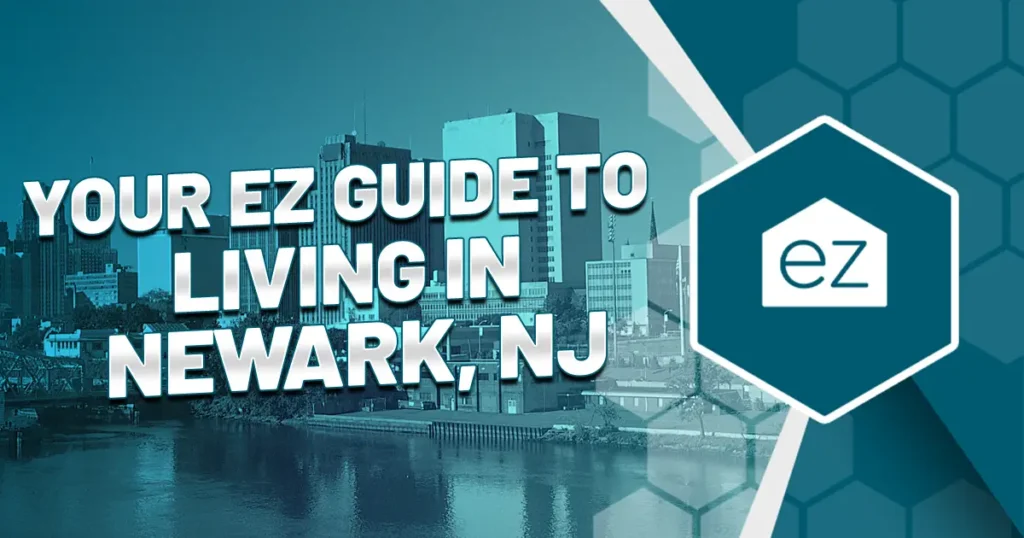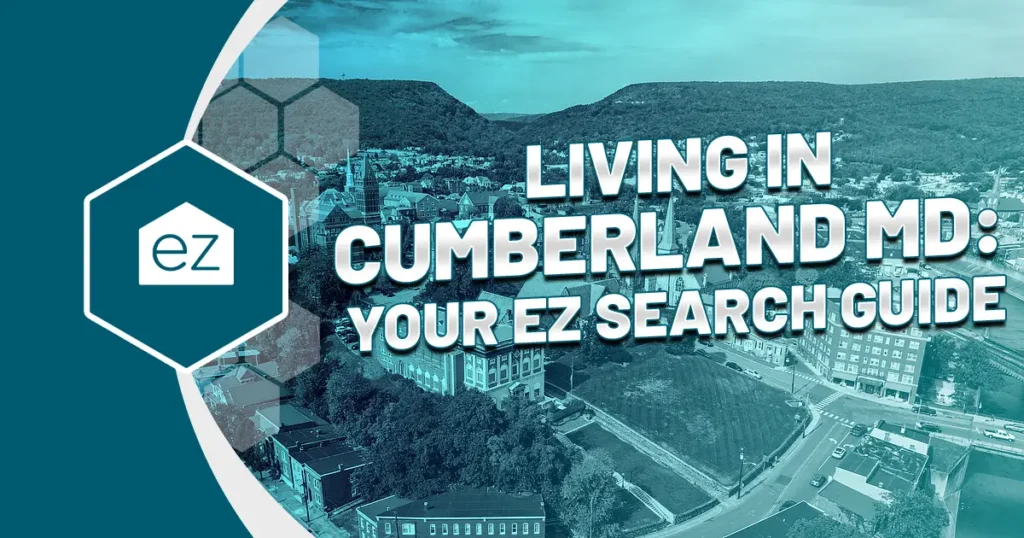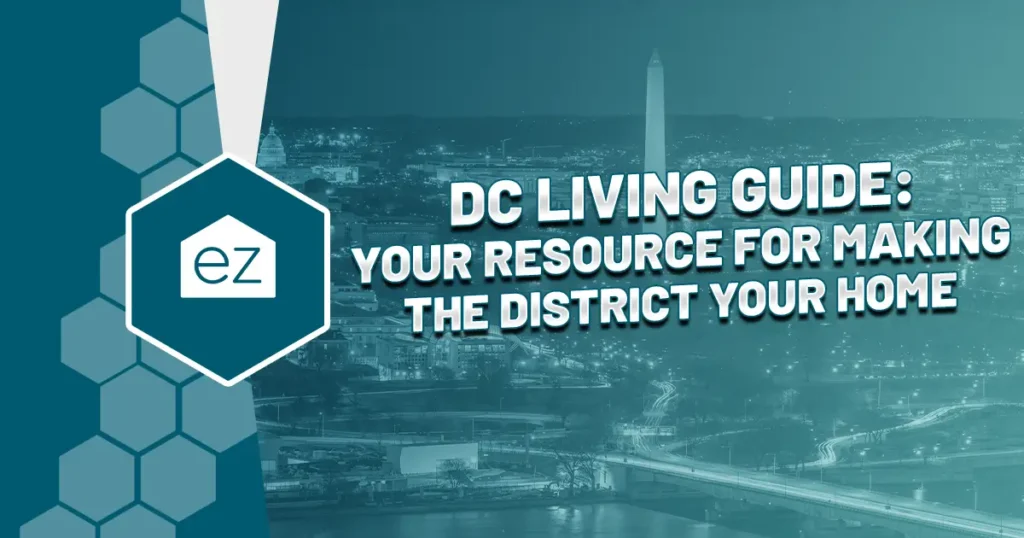Maryland Unveiled: A Guide for Future Residents
Spread your roots in Maryland, a small state with a regal character. America’s ninth smallest state doesn’t lack reasons to live there: exciting cities, the beautiful Chesapeake Bay, and a prime Mid-Atlantic location. This article will navigate you through an overview of what to know about the Old Line State if you move there. The Maryland lifestyle appeals to so many, and you’ll start to see why in the state’s climate, economic opportunities, infrastructure, and things to do.
Maryland Fast Facts
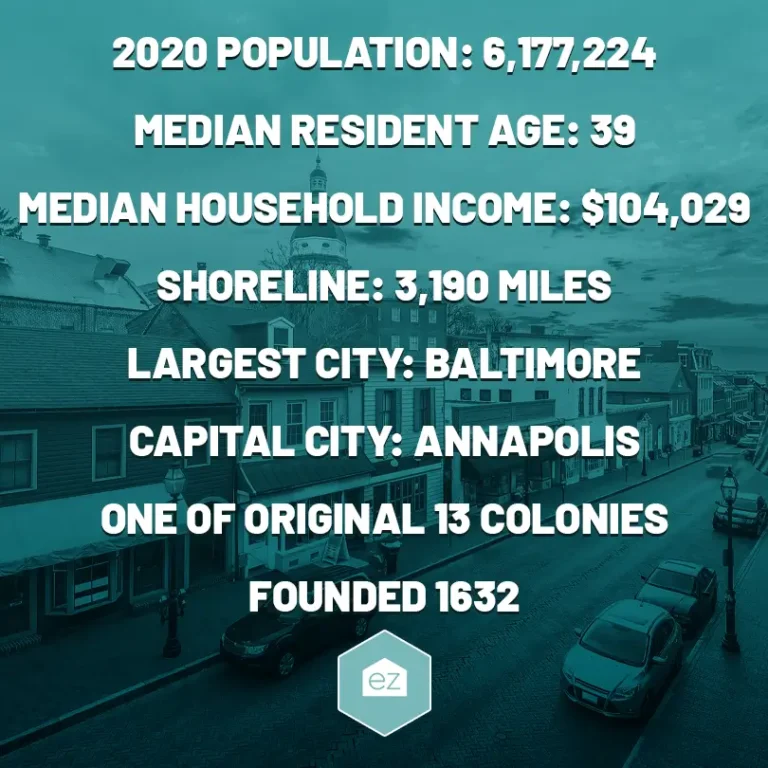
About Maryland
Understanding how Maryland developed illuminates how its modern culture and character came about.
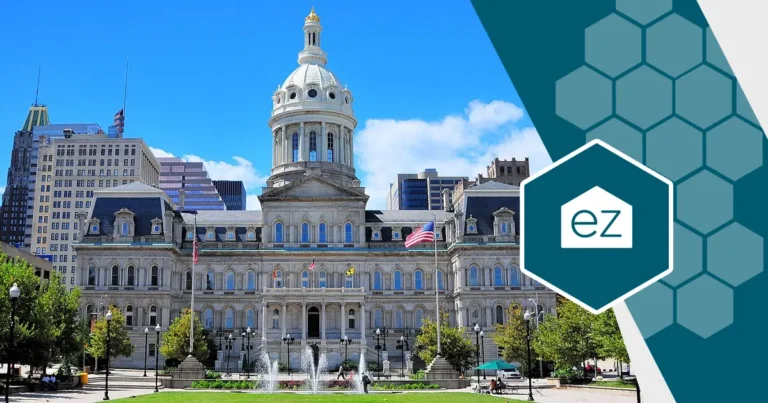
Maryland’s captivating history started as a Catholic colony in 1632, when English settlers founded St. Mary’s City under the guidance of George Calvert, also known as Lord Baltimore. The colony’s early years were marked by religious turmoil between the state’s early Catholic, Anglican, and Protestant colonists. It includes an uprising that led to several battles on its soil for territorial control between the religious groups.
By the mid-1700s, Maryland’s waterways and port cities turned it into a major hub for the tobacco trade, plus other agricultural shipments. The state’s shoreline and cities played crucial roles in events during the American Revolution and the War of 1812. In fact, the Battle of Baltimore inspired the writing of the US National Anthem, “The Star-Spangled Banner.” English forces considered Baltimore a “haven for pirates” because the city built fast ships that eluded the British lines so well.
Its strategic importance continued through the Civil War, as the government in the District of Columbia needed Maryland on the Union’s side, or enemy states would have surrounded it. It did end up on the Union side of the line but still endorsed slavery, as it fell south of the Mason-Dixon Line. The conflict deeply divided the state and its families. The bloody Battle of Antietam was fought on Maryland soil, which saw 23,000 people die in a single day. Maryland’s enslaved persons were freed in 1864 with its new State Constitution.
Many of Maryland’s historic cities, such as Annapolis and St. Michaels, retain colonial charm and landmarks that date to their founding three centuries ago. This unique blend of old and new provides a rich backdrop for modern residents to explore.
A Diverse Climate
Maryland is a tale of seasonal change. The state’s geography presents a varied climate, with the inland mountainous regions seeing colder temperatures while the coastal plains are milder and more humid. It experiences colorful fall foliage in the Appalachian Plateau and warm, muggy summers along the Atlantic coast.
Winters can be brisk, especially in the west. The state’s average daily highs in January reach 45F, and the lows stand at 28F. July is the warmest month, with average highs of 86F.
On the whole, the state doesn’t receive a lot of snowfall, although geography plays a role in snowfall amounts. What Maryland does have is a distinct rainy season, with thunderstorms cropping up about one out of every five days in the summer.
The state’s atmospheric science department notes a clear “heat island” around the Washington metro that bumps average temperatures 5-8F. The Potomac River also has a moderating influence on temperatures in this region.
Where Mountains and Water Meet
Four states border Maryland: Delaware on the east on its shared Delmarva Peninsula, Pennsylvania to the north, West Virginia on the west and south, and Virginia and the District of Columbia to the south.
Even though Maryland is the ninth smallest state, it has an incredibly diverse landscape. Inside its borders are the rolling Piedmont hills, the rugged Appalachians, and the vital waters of the Chesapeake Bay. IN sum, geologists identify nine distinct regions in Maryland.
Maryland parks highlight its landscape diversity. See coastal marshes and picturesque lighthouses framed by dunes to thickly treed forests crossed by hiking and camping trails. Hoye Crest in the west is the highest point at 3,360 feet above sea level.
Perhaps its most important and distinct geographical feature is Chesapeake Bay. This marine estuary has long been vital to Maryland’s economy and history. For centuries, residents have harvested crabs, oysters, and fish from its bountiful waters. Tourists flock to the coastline to see its iconic lighthouses, the Potomac River, and Baltimore Harbor. Unfortunately, pollution and overfishing threaten the bay, which since the 1980s has been a focus of environmental protection efforts.
Anchors Aweigh: Maryland’s Major Cities
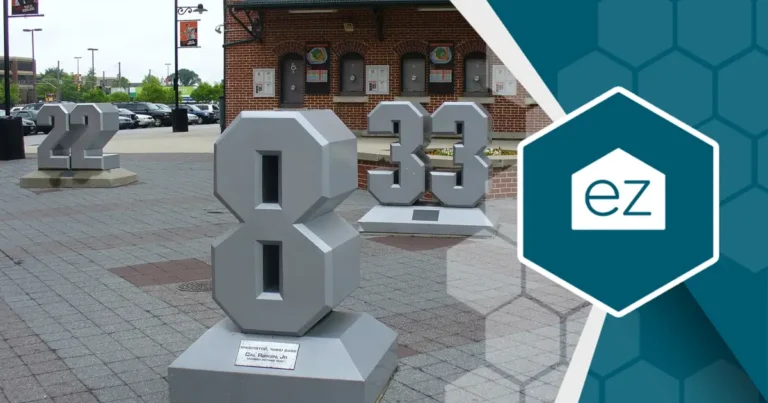
As its largest city, Baltimore is the centerpiece of Maryland’s urban experience with over half a million residents. The city may be best known for its top-ranked Johns Hopkins University and Medical Center, but it’s also a hub for industry, technology, and tourism. Sports teams like the MLB Orioles and NFL Ravens add to an active community. Culturally, it is a centerpiece of art, music, and history. The Baltimore Museum of Art showcases historic and contemporary art, while visitors step back in time at Fort McHenry National Monument. The Inner Harbor is a magnet for dining, shopping, and entertainment set against expansive waterfront views.
Baltimore isn’t the only noteworthy city in Maryland. The state’s capital, Annapolis, is a charming waterfront town with its own long history and lively arts scene. “America’s Sailing Capital” has 533 miles of shoreline and is home to the US Naval Academy! Its historic district charms with its cobblestone streets and beautiful Georgian-style buildings.
Let’s not forget about the nation’s capital region. The DC metro on the Maryland side includes cities like Silver Spring, Columbia, Waldorf, and Germantown. If you combined the populations of these suburban cities, they could equal Baltimore in size. The benefits of living in the DC metro area are many: a thriving job market, quality schools, prime access to cultural attractions, and exceptional outdoor recreation access for an urban area.
Maryland’s Stellar Education System
Maryland has been recognized for its strong emphasis on education. As of 2023, it ranked no. 23 for its public K-12 system, and no. 15 for its higher education.
The Maryland Department of Education oversees 24 local education agencies, 1,400 public schools, and 7,000 education providers. Several of its high schools ranked in the top 1% in the nation based on US News and World Report evaluations, such as Poolesville High School and Eastern Technical High School. In 2022, the media site ranked Maryland as having the fifth-best high schools in the nation based on factors like college readiness, math and reading proficiency, and graduation rate. Six schools earned National Blue Ribbon awards in 2023. For Advanced Placement achievement–based on the number of students who take the exam and the number who score 3 or higher–it ranked sixth.
Top-ranking universities add to Maryland’s high standard of education. Johns Hopkins University and the University of Maryland are the two at the forefront.

Johns Hopkins frequently makes lists of the best universities in the nation. For 2023, it was no. 9 on US News and World Report. JHU is a private university with highly regarded public health, education, music, medicine, and engineering programs.
However, the University of Maryland at College Park also has a high standard and makes the cut into the top 50 national universities. The flagship campus is close to DC, adding to its appeal for students who also appreciate its highly active campus life. The busy social and athletics activity doesn’t dampen the rigor of its academics, with the engineering and education schools being highly regarded.
The US Naval Academy in Annapolis is one of the five service academies that provide a rigorous education and military training for future officers in the armed forces. The Naval Academy ranked no. 3 for liberal arts colleges in the nation, and has produced notable leaders in American government.
The commitment to academic excellence extends from early childhood education to post-graduate studies, making Maryland an attractive choice for families.
Riding the Economic Tide
For those seeking substantial career opportunities, diverse sectors strengthen Maryland’s economy. Among them are top-paying jobs in biotechnology, cybersecurity, and defense. Entrepreneurs and professionals alike will find a supportive business environment, thanks to the state’s strategic location, strong transportation networks, and access to government agencies and resources.
The top single employer by numbers is Fort Meade, a federal military installation employing 53,000 people. In fact, three of the state’s ten top employers are military. However, life sciences is one of the state’s top industries, as it has about two times more federal research labs than any other state! The workforce has one of the highest concentrations of engineers and doctoral scientists
With the District of Columbia as an economic hub, Maryland further leads the way in cybersecurity, logistics, renewable energy, and financial services. On the renewable energy front, Maryland ranks no. 6 for offshore wind power generation.
Tourism is another significant economic generator. People are drawn to its beaches, iconic shoreline, historic cities, and DC metro attractions. It’s the 12th largest private industry employer in the state.
In its earliest days, Maryland profited from agriculture and fishing. Agribusiness remains the state’s largest commercial industry, generating billions of dollars annually. The top products include broiler chickens, corn and soybeans, chicken eggs, dairy products, and floriculture.
Healthcare: A Pillar of Strength
Maryland’s healthcare system ranked fourth nationally, with world-class healthcare facilities such as Johns Hopkins Hospital leading medical research and treatment. Its model is built to hold hospitals accountable for the health of their communities.
Remember, the state is at the forefront of life sciences and biotechnology. Numerous startups and established companies drive innovation in the healthcare field for the entire nation.
Besides cutting-edge healthcare, Maryland really shines in the overall cost of healthcare services. The state has a “Total Cost of Care” Model or an “All-Payer” Model where all payers (Medicare, Medicaid, and commercial insurers) must pay the same rates for hospital services. This has led to more affordable care for residents. WalletHub ranked the state the best in the nation for healthcare costs in 2022.
Besides Johns Hopkins, over 70 hospitals and medical centers deliver a strong network of primary care providers and specialists. The University of Maryland Medical System (UMMS) is one of the largest not-for-profit health systems in the state. UMMS has 15 hospitals and over 2,700 licensed beds. It is aiming to expand patient services beyond the hospital walls.
The University of Maryland’s medical school also conducts cutting-edge research to improve patients’ lives and advance public health. The National Institutes of Health (NIH) is responsible for nearly 80% of all funding for medical research in the United States, and its main campus is in Bethesda, Maryland. This provides opportunities for collaboration and partnership between researchers and scientists at NIH and universities throughout the state.
Infrastructural Insights: Getting Around Maryland
With its dense road and transit systems, getting around Maryland is relatively easy, especially in the urban areas.
The MARC train and the Metro rail provide efficient commuting methods in the greater DC metro. Vehicle traffic is notoriously bad in this part of the state, with long wait times during rush hour.
Major highways crisscross the state, with the most prominent being I-95 and I-70 connecting through Baltimore. Extensions of I-495, I-270, and I-97 help move people around the greater DC metro. I-68 runs east-west through the panhandle until it meets I-70 near Hancock.
Public transportation service through rail dwindles once you get away from DC, Baltimore, and Annapolis. Driving by car becomes the easiest way to move around the state.
A network of airports makes national and international travel a breeze. On the Maryland side is the Baltimore/Washington International Airport, which is much closer to Baltimore for convenience.
Navigating the Cost of Living
High-quality living comes with a particular cost. To enjoy Maryland’s nation-leading perks, residents pay about 11% more overall than the US-indexed average.
Nearly every expense category runs above average, except for healthcare. As mentioned, Maryland is a national leader in driving healthcare costs down.
But having the DC metro, gorgeous waterfront, and abundant job opportunities makes Maryland a high-demand place to live. That places pressure on all goods and services, from housing to child care.
What you’ll really pay will depend highly on where you live in Maryland and your lifestyle.
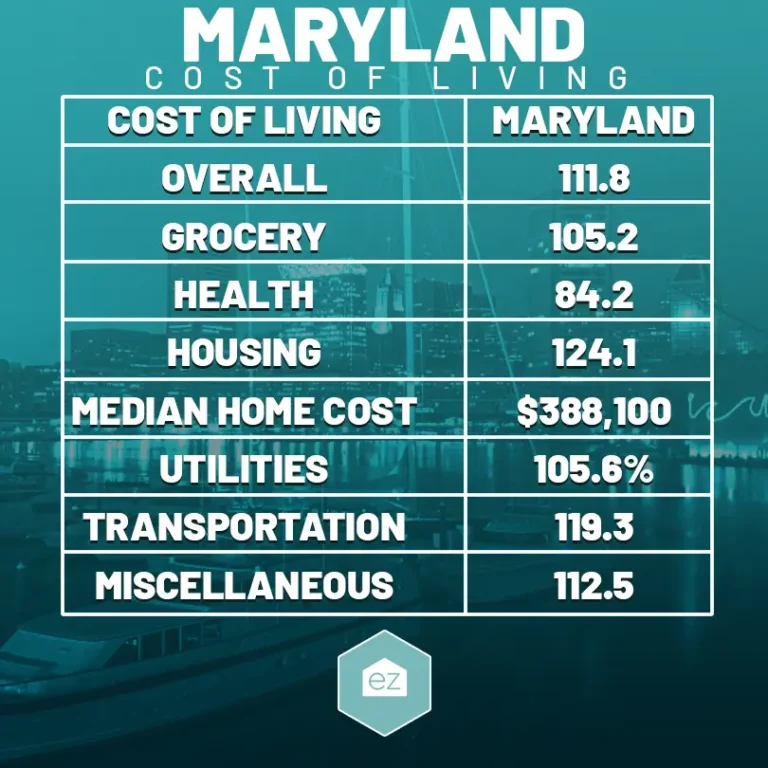
Maryland Real Estate: A Market Overview
The Maryland real estate market has steadily increased in home prices, with a median sales price of $400,000 in 2023. That was a 3.9% increase over 2022.
Despite a slightly higher cost of living, the market remains attractive. A diverse selection of housing options means residents can choose from a walkable downtown urban lifestyle to a peaceful waterfront retreat. A low average days-on-market figure indicates high demand. Maryland averaged a 1.4-month supply of inventory and nine days on the market.
Talbot County reported the highest average sale price $790,417, while Alleghany County offers more affordable options for homebuyers at an average $144,403.
Palette of Arts and Culture
Maryland’s cultural scene is as varied as its landscapes. The state is a melting pot of artistic expression, from the renowned Shakespeare Festival in Annapolis to the rich African American heritage celebrated in Baltimore.
Many museums and historical sites document the state’s centuries of growth and evolution. Among the top attractions in Maryland are:
- Harriet Tubman Underground Railroad Visit Center
- Fort McHenry
- Chesapeake Bay Maritime Museum
- Antietam National Battlefield
- NASA Goddard Center
- St. Mary’s City
Culturally, the arts abound. Find public art trails in its charming downtowns or multi-block city districts dedicated to promoting the arts. Top attractions in arts and culture include:
- Glenstone Museum
- Music at Penn Alps
- AFI Silver Theater
- Baltimore Museum of Art
- Annapolis Arts Week
Savor the Flavors of Maryland
The famous Chesapeake Bay blue crab and Old Bay seasoning are nearly synonymous with Maryland. Delight in crab cakes and oysters, which feature on their own food trail! Or, try the state’s unique take on American comfort food, the “Coddies.”
Besides seafood, restaurants in Maryland draw from the state’s long history of accepting immigrants and their food traditions. Baltimore is a culinary hotspot, as is the DC metro.
Get Out the Door
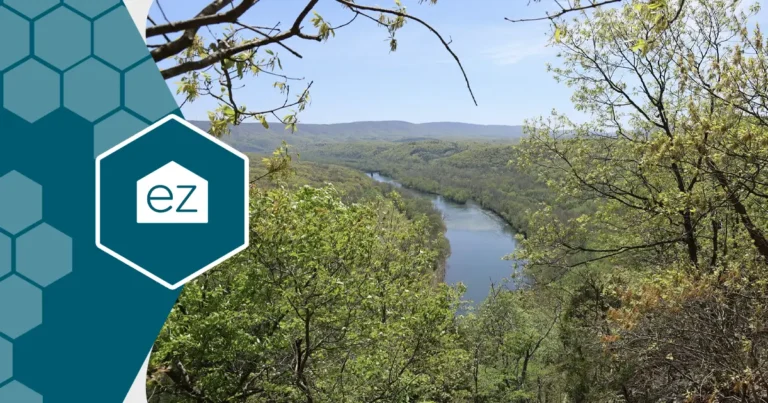
Waterfront abundance dominates the choices on Maryland’s list of things to do. The state is known for sailing, fishing, and crabbing, thanks to Chesapeake Bay. The Chesapeake Bay Loop takes you around these quaint seaside towns with Instagram-perfect lighthouses, marinas packed with sails, and salty breezes. Its miles of Water Trails promise a tranquil escape. Pick your adventure from the mountain streams to the salt marsh inlets.
State parks and nature preserves have protected some 100,000 acres. Some are waterfront, like Assateague Island National Seashore and Blackwater National Wildlife Refugee. Others, like South Mountain State Park, promise fun in the hills with hiking, biking, and camping. The Appalachian Trail cuts through Maryland’s western highlands near Cumberland. The trail offers some of the most beautiful views in the state as it winds through Green Ridge State Forest.
Putting Your Roots in Maryland
Maryland warmly welcomes those in search of a new place to call home. As our moving guide has revealed, there is much to uncover about this stunning state. Maryland shows what can happen when you have a captivating fusion of rich history, awe-inspiring natural wonders, and world-leading economic prospects. So explore the charming communities and the promising opportunities that lie ahead when you live in Maryland.
Start Your Home Search
Preston Guyton
Share this Post
Related Articles
Living In
Your EZ Guide to Living In Salisbury, MD
Living In
